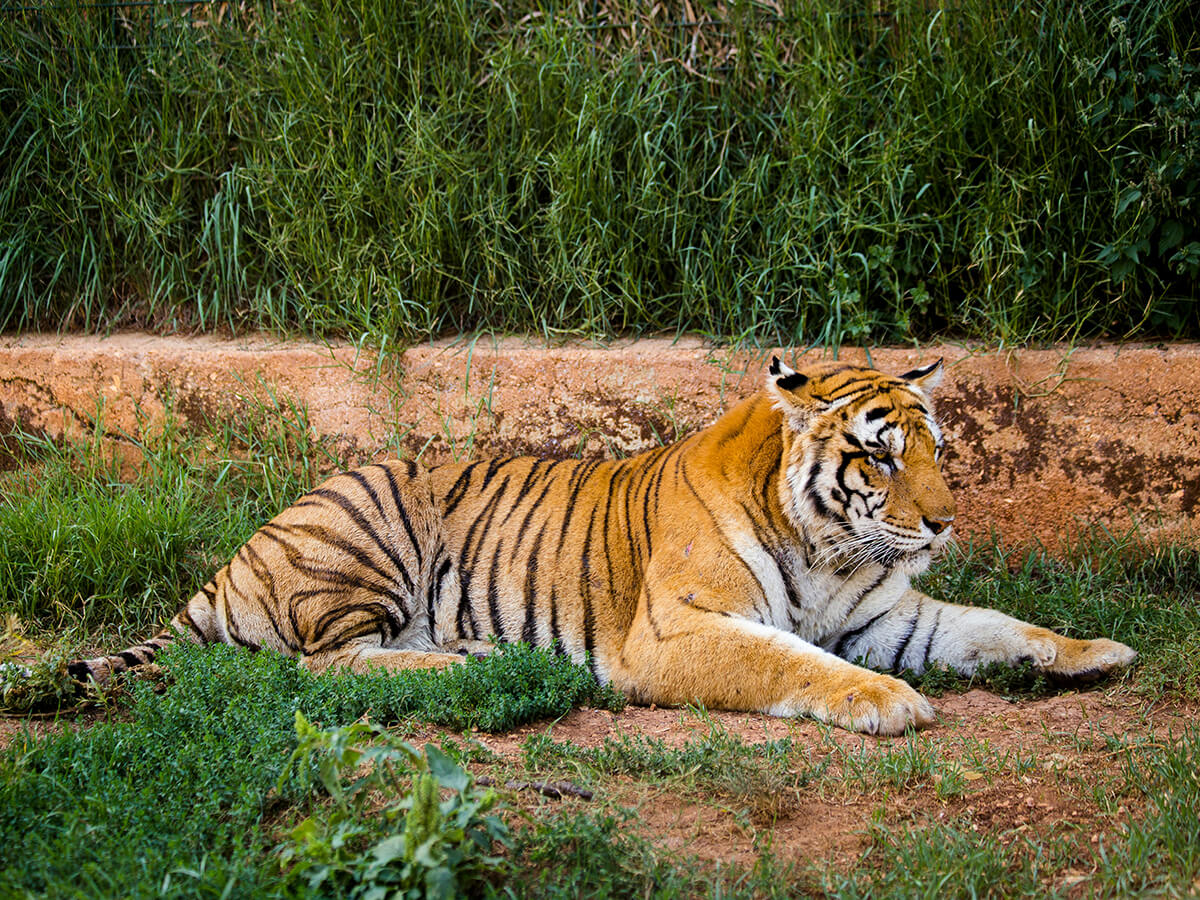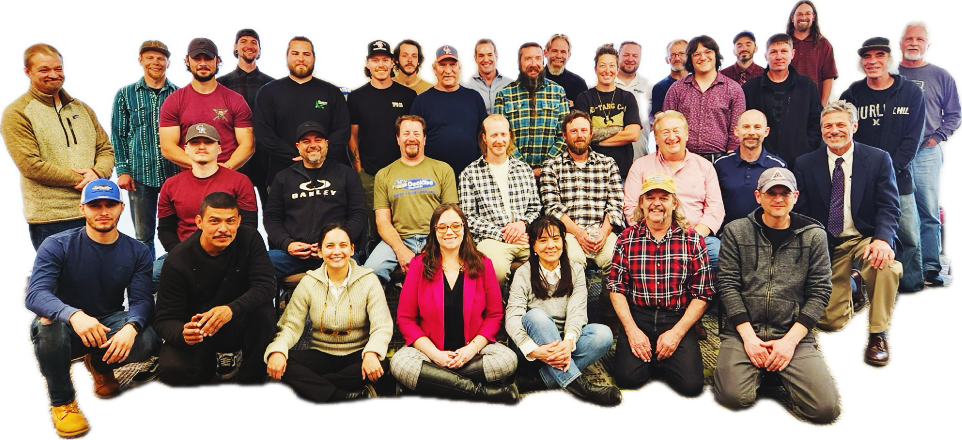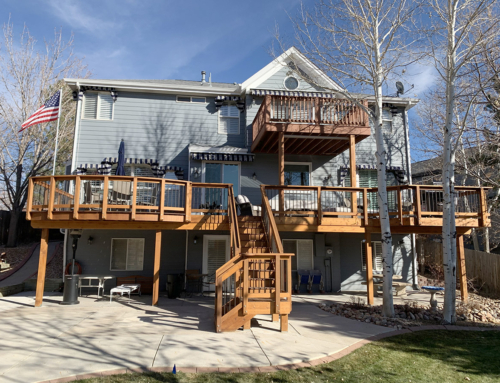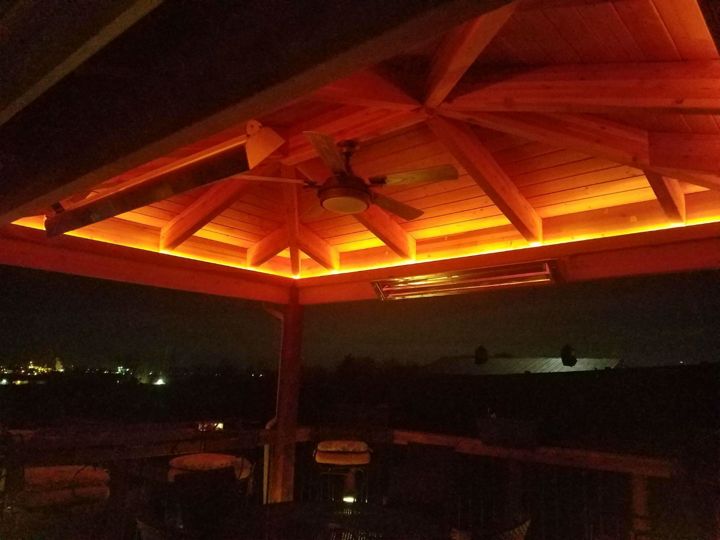
Lions and Tigers and Bears in Colorado? Oh My!
You’re probably familiar with Colorado wildlife, from mountain lions and black bears to deer, elk, bighorn sheep, coyotes, moose, mountain goats and other furry creatures that share our beautiful state. But tigers? Yes, tigers. If you’re looking for something off the beaten path this summer, check out The Wild Animal Sanctuary in Keenesburg at 2999 […]
You’re probably familiar with Colorado wildlife, from mountain lions and black bears to deer, elk, bighorn sheep, coyotes, moose, mountain goats and other furry creatures that share our beautiful state.
But tigers?
Yes, tigers. If you’re looking for something off the beaten path this summer, check out The Wild Animal Sanctuary in Keenesburg at 2999 County Road 53, a wildlife refuge and educational facility 30 miles from Denver on the eastern plains. Believe it or not, this low-profile, Keenesburg nonprofit, home to more than 450 large animals, is the nation’s largest and oldest carnivore sanctuary, and the site of the longest elevated (1.5 mile) footbridge in the world. It’s one of the few places where visitors can witness prides of African lions and other large carnivores living out their lives freely in sprawling open space.
In addition to “lions, tigers and bears,” the sanctuary is home to jaguars, wolves, leopards, coati-mundi alpacas, porcupines, ostriches, emus, a camel, and many other animals.
While we Denverites are fortunate to have this unique resource so close to home, it’s the animals themselves who are the true beneficiaries. Most of them were rescued by law enforcement officials from illegal and often abusive captivity in homes, garages, barns and backyards. If animals arrive at the sanctuary injured or sick, they are rehabilitated.
To better address the growing captive wildlife crisis, the sanctuary recently acquired an additional 9,004-acres of contiguous land in Las Animas and Baca counties in southern Colorado, known as “The Refuge.” This scenic, forested expanse is home to more than 450 animals but unfortunately isn’t open to the public because it’s remoteness makes it “nearly impossible” to access.
The 789-acre Keenesburg sanctuary is open to visitors from 9 a.m. until sunset daily except for July 4th, Thanksgiving and Christmas. Strollers, binoculars and motorized wheelchairs are available for rent when you arrive at the check-in kiosks. It takes 3-6 hours to tour the entire facility, and it’s best to visit in the late afternoon or in the evening because the big cats tend to sleep during the day. Please note that dogs are not allowed. Admission to the sanctuary stops two hours before closing time, but it’s recommended that you arrive at least four hours prior. Uber and taxis are not advised, as they will drop you off but not pick you up.
The cost of being open to the public for facilities such as zoos and sanctuaries is higher than the cost typically charged for admission. Unlike zoos, however, the sanctuary does not receive government subsidies to close the gap between operating costs and entry fees, and so the sanctuary entry fees are a bit higher than might be typical at a zoo.
General entry is considered an “evaluation visit” for those who might want to become supporters, and is $30 for adults and $15 for children 3-12. Children under 3 are free, as are seniors 70 and over who are interested in becoming supporters. Other seniors need to pay the general fees. An additional donation of unspecified amount to support animal care is also requested.
“Active supporters,” those who have donated at least $200 within the past year, or as little as $18 per month, are eligible to visit free of charge and can bring up to 5 guests each time. People can also qualify in other ways, such as through in-kind contributions, making a pledge, or “adopting” an animal. Be sure to contact the sanctuary at 303-536-0118 or information@wildanimalsanctuary.org
Share this article
Follow Our Story:
Easily Reach Us:
A quick overview of the topics covered in this article:
Latest articles
February 19, 2025
February 19, 2025
February 19, 2025
FEATURED IN








Real People
Real People
Work With You,
at Every Step
Work With You,
at Every Step
From planning to construction –
Our team has your back!
From planning to construction –
Our team has your back!


Get Started Today!
If the market value of your home is important to you – as it is for many – adding a custom deck can increase your house value.
If you’re considering adding a custom deck to your home, reach out to HFS Financial for all of your home improvement financing needs. HFS makes it easy to fund your project with minimal documentation requirements, no equity or appraisal needed, and direct-to-consumer funding.
Adding or improving an existing deck can add a number of beneficial features to your home. Not only can a new deck improve the value of your property, but it can also make your home more enjoyable for you and your family.
HFS Financial also offers 120% financing, allowing you some financial wiggle room for those unexpected hiccups that you may find along the way of your deck-building journey. All funds are paid directly to you, the consumer, so there’s no need to coordinate contractor work with payout schedules. Handle your project your way.
Once we’ve received your information through our 60-Second Loan Application, you will be notified of possible loan options quickly to discuss and review your loan terms and the home improvement project you have in mind.
My husband Matt and I [...] have moved away from the home where we had the beautiful deck and outdoor living space you created. We will forever remember fondly that beautiful deck, and the hard work you did during a very bad economic time to fix problems around the foundation of our home. Steve, Keith, and all of your workers were fabulous and we sent several of our friends your way with referrals. We are sure that your deck helped us get a wonderful offer on our home.
We just wanted to tell you how much we enjoy the decks DeckTec constructed at our home. Their use is a constant joy. We continually receive compliments on the design and quality of your work. We look forward to many years of use.
DeckTec are absolute pros. They just finished a big deck and roof cover project at my house. The total experience from working with Steve in Design and Sales, Keith in Project Management, and Charlie, Josh, and Hank in Construction was nothing but 6 star service. 100% on time and on budget with craftsmanship and quality. Skip the “Hammer and Nails” contractors and go with DeckTec if you want an “Outdoor Living Space”. Call these people – you will not be disappointed.
I just wanted to let you know how pleased I am with the work Decktec completed refinishing my deck. It hasn’t looked this good since it was new sixteen years ago. Decktec was very professional, polite and willing to work with me to get the exact color of stain I wanted. I would recommend Decktec to anyone who wants a complete job from the great construction work starting the job, to its thorough cleanup. I’m happy my neighbor referred me to Decktec. You are the fourth company I’ve had refinish my deck and will now be the only company I use going forward.


























